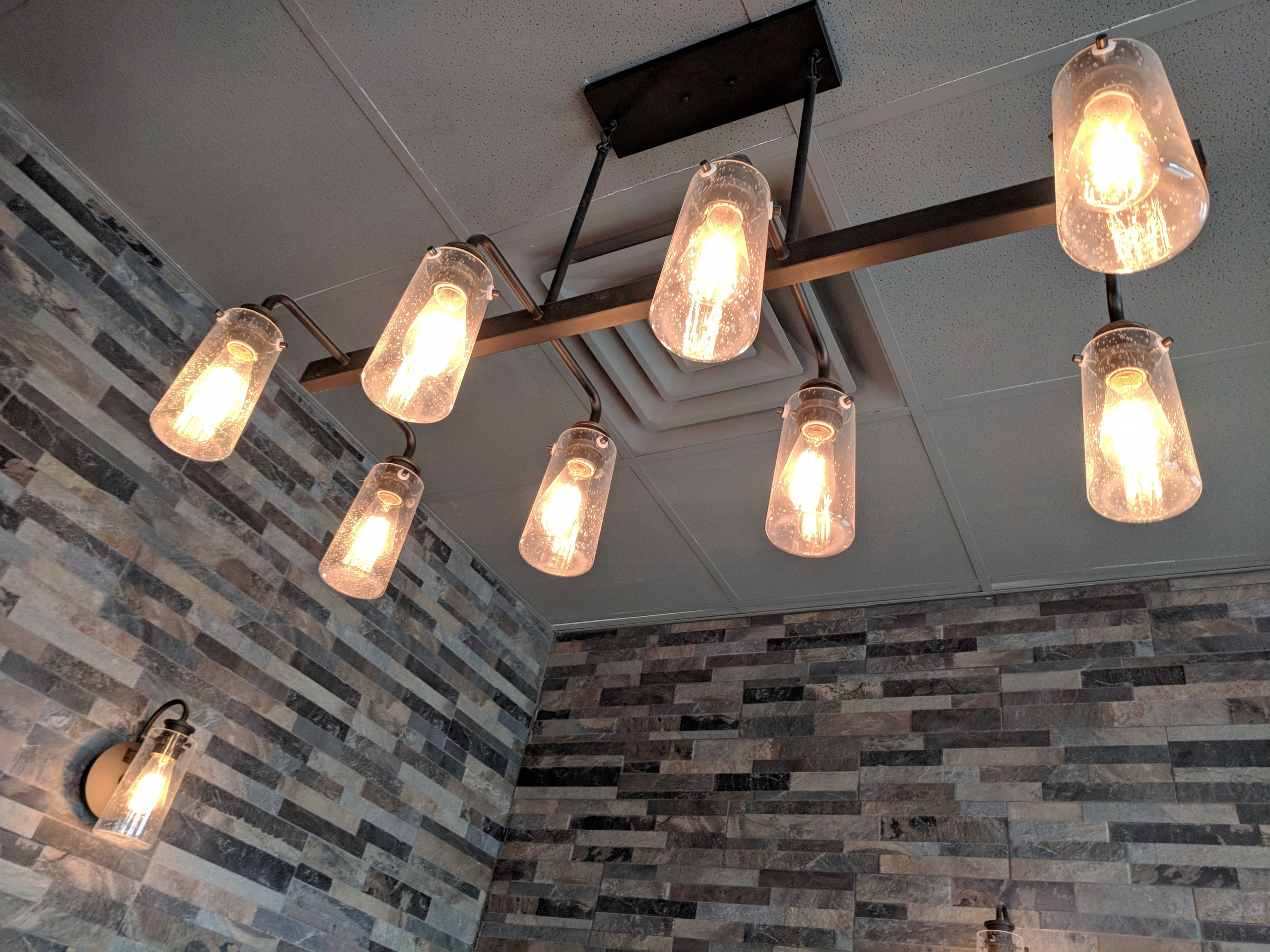 All that we see is the reflection of light on objects. We perceive only the reflected colors. Yellow is not in lemon. The surface of the lemon is reflecting the color we see as yellow and absorbing all the rest. Objects appear white when they reflect all colors and black when they absorb all of them.
All that we see is the reflection of light on objects. We perceive only the reflected colors. Yellow is not in lemon. The surface of the lemon is reflecting the color we see as yellow and absorbing all the rest. Objects appear white when they reflect all colors and black when they absorb all of them.
Not all that shines is gold, but the right light composition can make something ordinary appear priceless. Light design takes into consideration four different functional categories: Ambient, accent, task and decorative. Understanding these four layers of light can make any room achieve balance, comfort and richness. It is important to match the amount of light to its purpose.
To star, ambient light is the type of light we see naturally during the day. With this type of light we see everything that we need to function. It provides a sense of comfort and safety. This light comes from the sun and the source in a building is through a window.
This type of light is the most efficient and economical.
By taking advantage of the natural path of the sun, shades and window shelves we can optimize the amount of natural light in the building. Working with what is readily available in the environment is the most energy efficient design.
Ambient light can also be achieved through artificial lighting. There are different types that can be used. One of them is LED lights. These are one of the most efficient in the market today.
Accent light illuminates specific areas of a space or item. This can be achieved by using directional lighting such as down lights. This type of light can add drama, individuality and visual interest to any space. It can be used to provide focus to a particular area or object. It can also be used to highlight textures of wall or architectural features. If the light is soft and warm, it induces a feeling of calm and relaxation, but at the opposite end of the spectrum it can also be used to provide a lively and invigorating effect.
Another type of light is task lighting. It should be at least three times brighter than the rest. It is used when a specific task will be performed such as reading or operating equipment. Task light helps to avoid eyestrain when reading or working, while in the kitchen it ensures that tasks can be carried out safely. In the bathroom, it serves for the purpose of shaving or applying makeup.
 The fourth type of light is decorative light. This light refers to the fixture itself as opposed to the light it produces. A decorative light can create a statement feature. Typically on its own this type of light will not be sufficient to illuminate a space for a specific purpose.
The fourth type of light is decorative light. This light refers to the fixture itself as opposed to the light it produces. A decorative light can create a statement feature. Typically on its own this type of light will not be sufficient to illuminate a space for a specific purpose.
In the end, it is important to understand the four layers of lighting when designing a space. When we think about lighting we typically think about artificial light. Optimizing natural light is an important part in terms of practicality and beauty, but when additional light is need we must understand the purpose it will serve.


